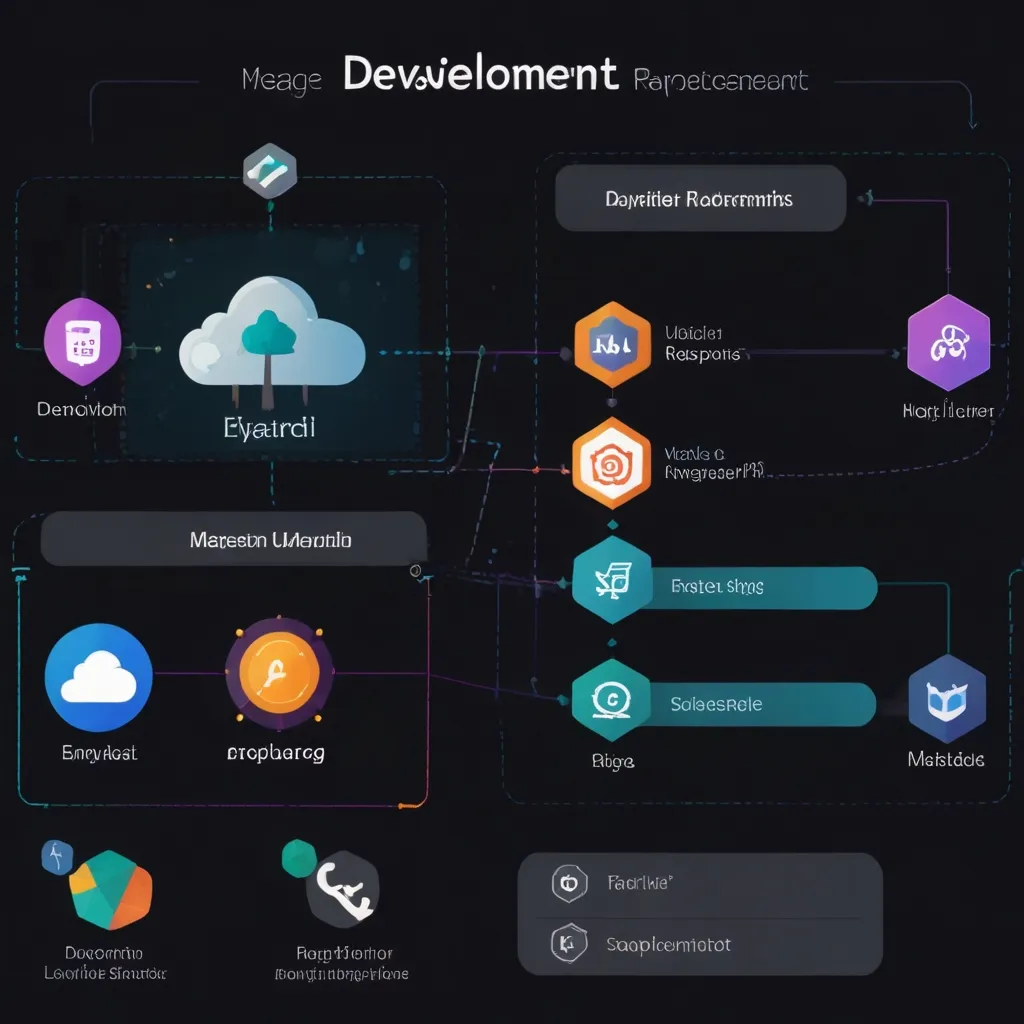Getting Cozy with Pylons: The Slick Python Web Framework
Alright, fellow code enthusiasts, let’s talk about something that’s been making waves in the web development water – Pylons. For those who love Python but aren’t too thrilled with heavyweight frameworks, Pylons comes to the rescue. It’s the epitome of everything that’s quick, efficient, and user-friendly. And, even though it has evolved into Pyramid by merging with repoze.bfg, understanding Pylons gives a great background on the flexibility and dynamism it brings to web development.
What Exactly is Pylons?
Imagine you’re tasked with whipping up a web app, and the deadline is looming. Now, wouldn’t it be awesome if there was a framework that let you do it without breaking a sweat? That’s Pylons for you – it allows rapid application development (RAD), letting you create web apps faster than you can say “Python rocks!”
It’s lightweight and flexible, making it perfect for those projects where you need to be both quick and nimble. But the charm of Pylons doesn’t end there; its core principles still serve as a beacon for web developers, even as it’s evolved into Pyramid.
Let’s Dive In: Getting Started with Pylons
Ready to jump in? First things first, you need to install Pylons. The good news is, it’s a piece of cake. Simply fire up your terminal and use this command:
$ python setup.py install
Voila! Pylons and all its dependencies are installed. You might need those good ol’ root privileges to get this done, but hey, it’s a small price to pay for awesomeness.
Unpacking the Project Structure
So, what’s inside a typical Pylons project? Think of it as opening a treasure chest. Here’s what you’ll find:
- controllers: The brains. This is where the magic happens with HTTP requests and responses.
- models: Think of it as the heart, beating with your data definitions and business logic.
- templates: The face of your app. All the HTML templates live here.
- public: It has all those static files like CSS, JavaScript, and images. Essentially, it’s the wardrobe.
- config: The control center with all your app’s configuration files.
Embracing the MVC Pattern
Back to some basics - Pylons is all about the MVC (Model-View-Controller) pattern. It’s like the holy trinity of web development. Let’s break it down:
-
Model: The data gurus. They interact with databases and perform all sorts of operations on the data.
from sqlalchemy import Column, Integer, String from sqlalchemy.ext.declarative import declarative_base Base = declarative_base() class User(Base): __tablename__ = 'users' id = Column(Integer, primary_key=True) name = Column(String) email = Column(String) -
View: Where everything comes to life visually. It’s like the makeup artist of your application’s face.
<html> <body> <h1>Hello, {{ name }}!</h1> </body> </html> -
Controller: The traffic cops. They handle HTTP requests, communicate with the model, and pass data to views.
from pylons import request, response from pylons.controllers import WSGIController from pylons.templating import render_mako class UserController(WSGIController): def index(self): users = User.query.all() return render_mako('user_list.html', users=users)
Makin’ it Happen: Forms, Validation, and Helpers
Handling forms and validating user input can be a hassle. But Pylons has got you covered with tools like FormEncode.
Here’s a little snippet:
from formencode import Schema, validators
class UserForm(Schema):
name = validators.String(not_empty=True)
email = validators.Email(not_empty=True)
def validate_form(data):
form = UserForm()
try:
form.to_python(data)
return True
except validators.Invalid:
return False
Go Global: Internationalization, Sessions, and Caching
Got users from around the globe? No problem! Pylons supports internationalization (i18n) through libraries like Babel, making translating your app a breeze. Plus, with sessions and caching, you can store user data and turbo-charge your app’s performance.
from pylons import session
def login(self):
session['user_id'] = user.id
return 'Logged in successfully'
Testing and Deployment Made Easy
Testing is like flossing - you can’t ignore it. Pylons plays nice with unit testing and functional testing tools like Nose and WebTest.
For deploying, WSGI servers like Gunicorn are your best friends. Here’s how to do it with Gunicorn:
$ gunicorn -w 4 myapp:app
Venturing into Advanced Territory
Pylons isn’t just about the basics. It’s got some advanced tricks up its sleeves, from asynchronous programming to logging and routing.
You’re in for a treat:
from pylons import request, response
from pylons.controllers import WSGIController
class MyController(WSGIController):
def index(self):
return 'Hello, World'
def user(self, id):
return f'User {id}'
def user_action(self, id, action):
return f'User {id} {action}'
Wrapping It Up
So, there you have it – Pylons in all its glory. It’s not just versatile; it’s a game-changer for lightweight, efficient web development. Even as it has morphed into Pyramid, the essence of Pylons remains incredibly relevant.
Whether you’re a newbie dipping toes into the web dev world or a seasoned coder looking for flexibility, Pylons is the toolkit you need. With its MVC pattern, handy form validation, global reach, and advanced features, let Pylons be your co-pilot in the web development journey. Go ahead, fire up your editor and let Pylons bring your ideas to life!





